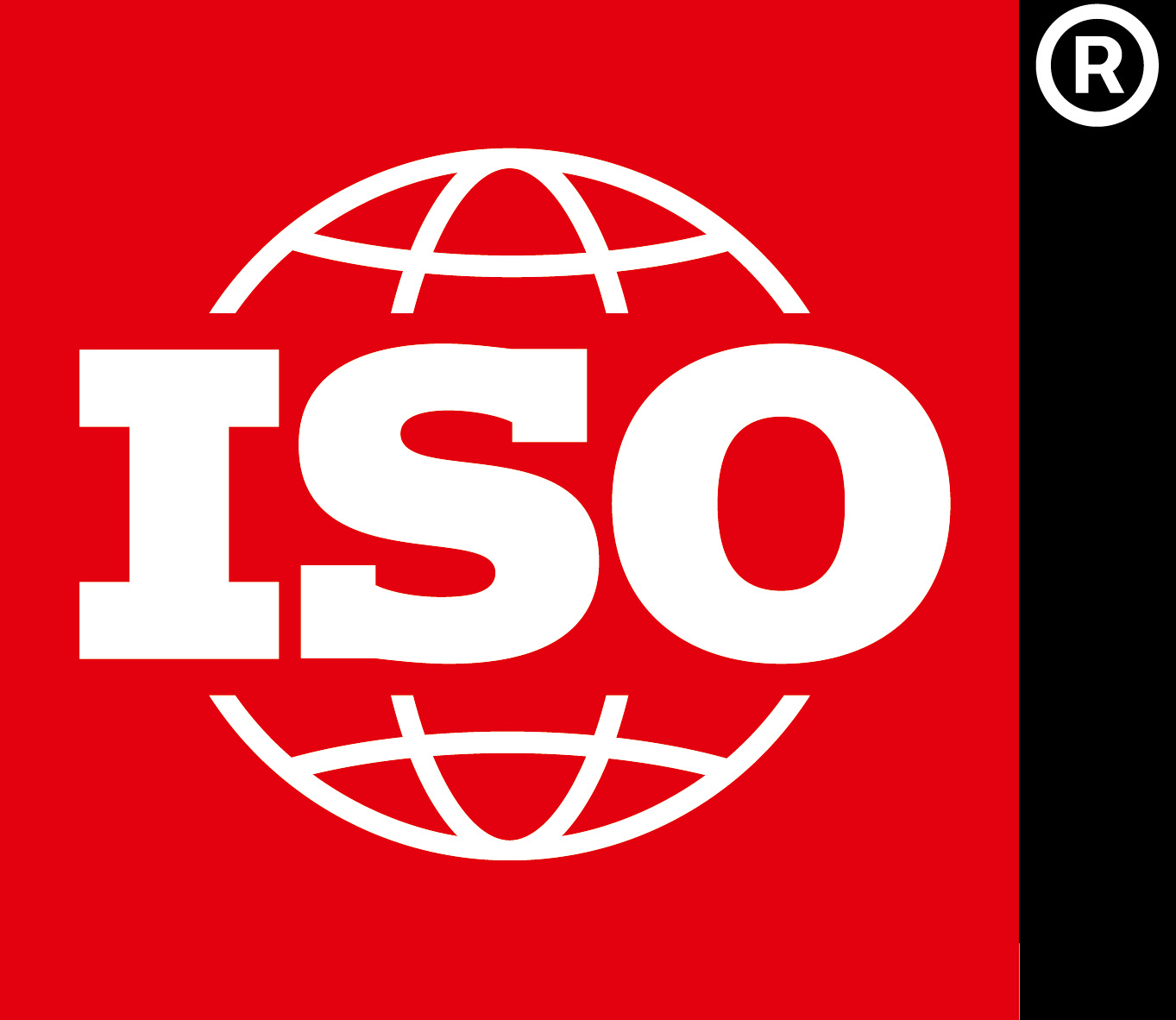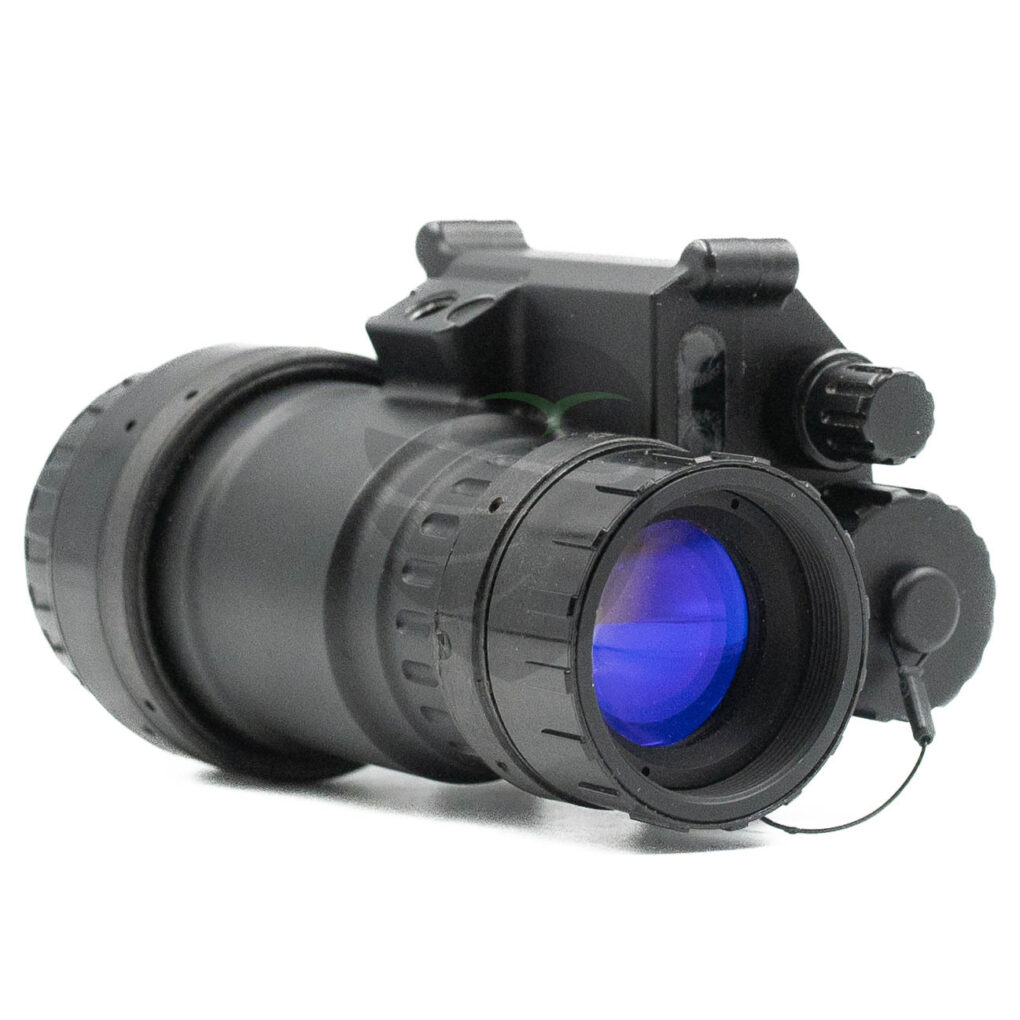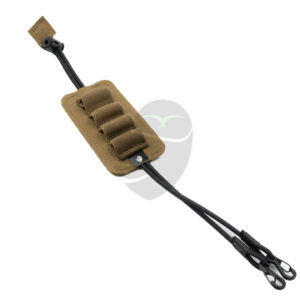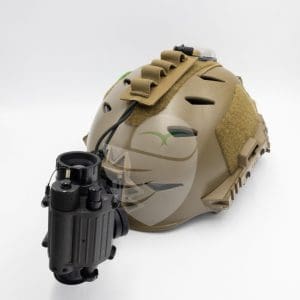OVERVIEW VIDEO
WHAT’S INCLUDED
One Steele Industries PVS-14R Night Vision Monocular; One objective lens cap; One eyepiece cover; Steele Industries hard case; Warranty card; Quality control report; Spec sheet.
TUBE SELECTION (IN STOCK INVENTORY)
For our in stock units, each tube is individually listed with its measured performance values so you can see exactly what you’re getting. These include center resolution, SNR, EBI, halo, and FOM.
(LP) Center Resolution
Similar to screen resolution the higher the number, the finer the detail. For helmet mounted use, resolution above 64 LP is generally indistinguishable to the naked eye.
SNR (Signal to Noise Ratio)
This represents how well the tube performs in low light conditions. Higher SNR means a cleaner image with less noise. This is typically the most important specification when evaluating low light performance.
EBI (Equivalent Background Illumination)
EBI indicates how dark an environment can be before the tube begins to lose image quality. Lower values are better. For most real world use, anything under 2.5 performs very well.
Halo
Halo measures the amount of bloom around bright light sources. Lower halo values result in tighter, more controlled light bloom.
FOM (Figure of Merit)
FOM is calculated by multiplying center resolution by SNR. While commonly referenced, it’s best used as a general reference rather than a deciding factor. Looking at resolution and SNR individually provides a clearer picture of real-world performance.
PHOTOS THROUGH THE TUBE
Photos are provided to show cosmetic characteristics such as spotting or shading. Very small spots, including those under 0.003 microns or located near the edge of Zone 3, may not be visible in photos. If you are looking for an exceptionally clean tube, we recommend contacting us prior to purchase. Images are for reference only and are not representative of actual brightness, image quality, or color hues, which may vary due to camera settings and lighting conditions.
RESTRICTIONS
ITAR (International Traffic in Arms Regulations) and EAR (Export Administration Regulations) Compliance Statement:
By ordering any product(s) from Steele Industries Inc (the “Site”), you certify that you, or third-party entities at your direction, will not sell, transport, ship or transfer outside the borders of the United States, nor to any foreign person*, any product(s) which are export-restricted by U.S. export-control law and regulation, without proper U.S. Government export authorization, licensing, and documentation.
Export-restricted items include, but are not limited to, firearms, ammunition, electronic equipment, certain gear and firearm accessories, weapon-mounted or handheld optical equipment including rifle or handgun scopes, night vision and night vision accessories, holographic sight systems, “red-dot” optics, thermal vision, and tactical lights and lasers, knives, and body armor including vests, helmets and shields.
Export, or attempt to export, any controlled or prohibited items outside of the U.S. without complying with U.S. export control regulations can result in severe civil and criminal penalties and/or constitute a federal crime. Steele Industries Inc. will not participate in any transaction, directly or indirectly, involving the illegal export or re-export of any prohibited items.
Under ITAR § 120.16 means “any natural person who is not a lawful permanent resident as defined by 8 U.S.C. § 1101 (a)(20) or who is not a protected individual as defined by 8 U.S.C. § 1324b(a)(3)”, and can mean “any foreign corporation, business association, trust, society, or any other entity or group that is not incorporated or organized to do business in the U.S., as well as international organizations, foreign governments, and any agency or subdivisions of government (e.g. diplomatic missions).”
All orders placed on our website require the customer to complete and sign an ITAR (International Traffic in Arms Regulations) form to ensure compliance, timely processing and shipment. Failure to comply with this requirement will result in order cancellation and may incur a 3% cancellation fee. If you have any questions or concerns regarding the necessary forms, please contact us at sales@steeleindinc.com for assistance.






